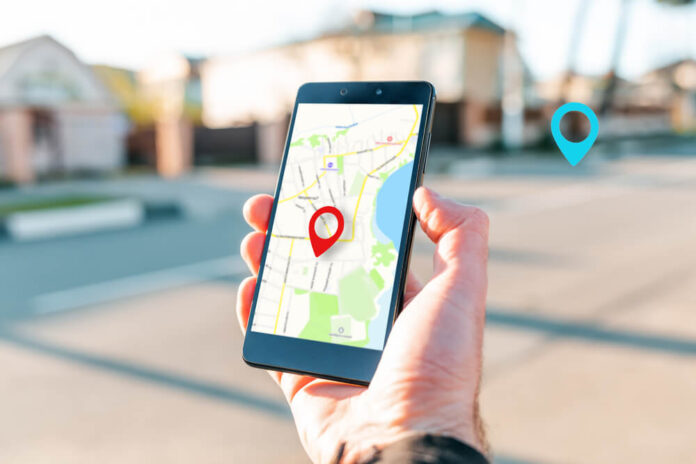Most people think they know what “location tracking” means — maps, GPS dots, a blue circle on the screen showing where someone is. That’s the easy version. The truth? It goes deeper. A lot deeper.
These days, apps, games, even websites, are grabbing location data quietly. Some of it’s obvious, like when a map app asks for permission. But a lot of the time? It’s hidden. In the background. Kids click “yes” without reading. And just like that, the app knows where they were — maybe even where they usually are.
Some tools even advertise ways to find someones location, and kids think it’s part of a multiplayer game or social feature. Like, “See where your friend is in-game!” Except that line between virtual and real gets blurry real fast.
What Apps Don’t Tell You
Not all tracking is bad — sure. But most people don’t realize how much gets collected. It’s not just where someone is right now. It’s where they go, how long they stay, what time they leave. Patterns. Routines. You could build a whole story just from those numbers. And some companies do.
A lot of this stuff hides behind permissions. Others — they don’t even ask anymore. Phones leak info. Networks, Bluetooth, Wi-Fi — they all leave clues. And when that data adds up, it paints a picture most kids never meant to share.
Stuff parents might not realize:
- Some photo apps keep location in the file. Upload it, and boom — the coordinates go with it.
- A random game asking for “location access”? That could mean constant pinging, even when the app’s not open.
- Social apps sometimes suggest new friends based on proximity. Translation: they know who’s nearby. Always.
It’s not just about tech. It’s about what tech does when nobody’s watching.
Not Every Tracker Looks Like One
There are tracking apps. And then there are the ones that act like games or “friend-finders” but work just the same. Some even promise cool features — leaderboard rankings, nearby players, surprise bonuses — but all of that’s tied to one thing: where the user is.
Some of those tools say they help people find someones location. The way it’s worded sounds friendly. Helpful, even. But if you look closer — there’s barely any protection. No alert. No “Hey, someone’s tracking you.”
Watch for red flags like:
- Apps that keep running in the background, even after you close them
- Descriptions that sound vague, like “enhanced experience” or “social sync” — without saying how
- Settings buried five layers deep — because if it’s hard to find, it’s probably not meant to be found
And yes, sometimes kids download these by accident. Or out of curiosity. That’s how most of this starts.
What Parents Can Actually Do
It’s tempting to just shut it all down. No location, no apps, no games. But let’s be real — that doesn’t last. Kids need tech. They use it to talk, play, learn. So the better option? Help them understand what’s going on.
Don’t preach. Just talk. Ask questions. Messy, awkward ones. Like:
- “Why do you think that app needs your location?”
- “Would you be okay with a stranger knowing that info?”
- “If someone tracked you through a game, would you even notice?”
Those chats might feel weird at first. But they make a difference. Kids aren’t clueless. They just don’t always think about this stuff until someone brings it up.
Things that help in day-to-day life:
- Check which apps have location access. Like, really check. Go through each one. If it doesn’t need it, turn it off.
- Go through app permissions together. Not just “give me your phone” — make it a habit. Let them lead sometimes.
- Photos? Turn off location tagging. Or use an app to scrub it before sharing. Super simple.
It’s not about scaring them. It’s about giving them tools. Not just software — brain tools. Stuff they carry with them, even if their phone changes.
So.Where Does That Leave Us?
Look, the tech’s not going away. And tracking isn’t either. There’ll always be someone trying to find someones location, whether it’s for ads, stats, or something worse. That’s the world now.
But that doesn’t mean families are powerless.
Parents who stay curious — not paranoid, but curious — set a tone. They show kids how to pay attention. Not by banning everything, but by asking the kind of questions that make kids think before they tap “Accept.”
And when kids learn to pause? To say, “Wait, why does this game need to know where I am?” — that’s when privacy starts to stick.
Because real protection isn’t about turning everything off.
It’s about turning awareness on.


















